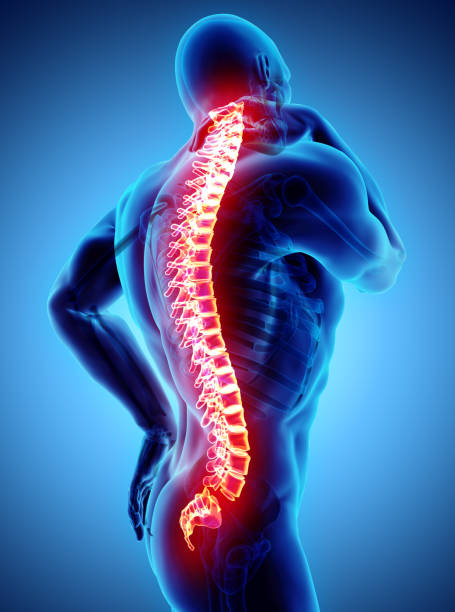Acute lower back pain is a common ailment that at least 70% of Americans experience1. Back braces have existed for decades, but innovations in the design are lacking. Back pain can range in intensity from a pulsing, sharp pain to a faint, continuous aching. It can start off quickly after an accident or when moving something heavy, or it can gradually worsen with age. Back pain is most prevalent in the lower back, due to it bearing a large portion of the upper body’s weight. The majority of acute low back pain is primarily mechanical in nature, which means that there is a problem with how the back’s parts—the muscles, intervertebral discs, nerves, and spine—fit together and move.

Anyone can experience lower back pain, yet there are factors that can increase the risk of it happening like, but not limited to2:
- Age: The onset of low back pain normally happens between the ages of 30 and 50, and as people age, back discomfort becomes more prevalent. Fractures caused by osteoporosis’ loss of bone density can also result in a reduction in muscle tone and flexibility.
- Factors related to the workplace: Performing strenuous pushing, pulling, or twisting at work, especially when it includes twisting or vibrating the spine, can result in injuries and back discomfort.
- Weight gain: Having a large body mass index (BMI), being obese, or rapidly gaining a lot of weight can strain the spine and cause low back discomfort.
- Psychological factors: The probability of developing back problems can also be influenced by mood, despair, stress, and psychological health.
Current lumbar braces are efficient already, but we want to create one that allows for more accessibility for users who are constrained to a degree of movements. The tightening system will allow users to adjust the compression on the lower lumbar region without having to extensively reach to the degree of compression wanted.
- Shortz SK, Haas M. Relationship Between Radiographic Lumbosacral Spine Mensuration and Chronic Low Back Pain Intensity: A Cross-sectional Study. J Chiropr Med. 2018 Mar;17(1):1-6. doi: 10.1016/j.jcm.2017.10.005. Epub 2018 Jan 17. PMID: 29628802; PMCID: PMC5883627.
- U.S. Department of Health and Human Services. (n.d.). Low back pain fact sheet. National Institute of Neurological Disorders and Stroke. Retrieved September 19, 2022, from https://www.ninds.nih.gov/low-back-pain-fact-sheet

